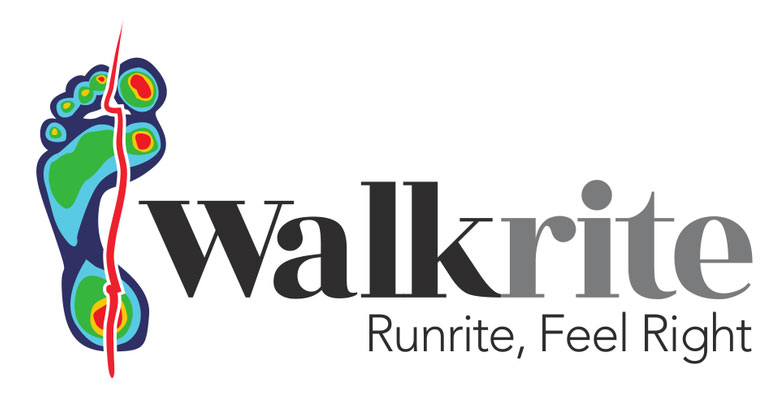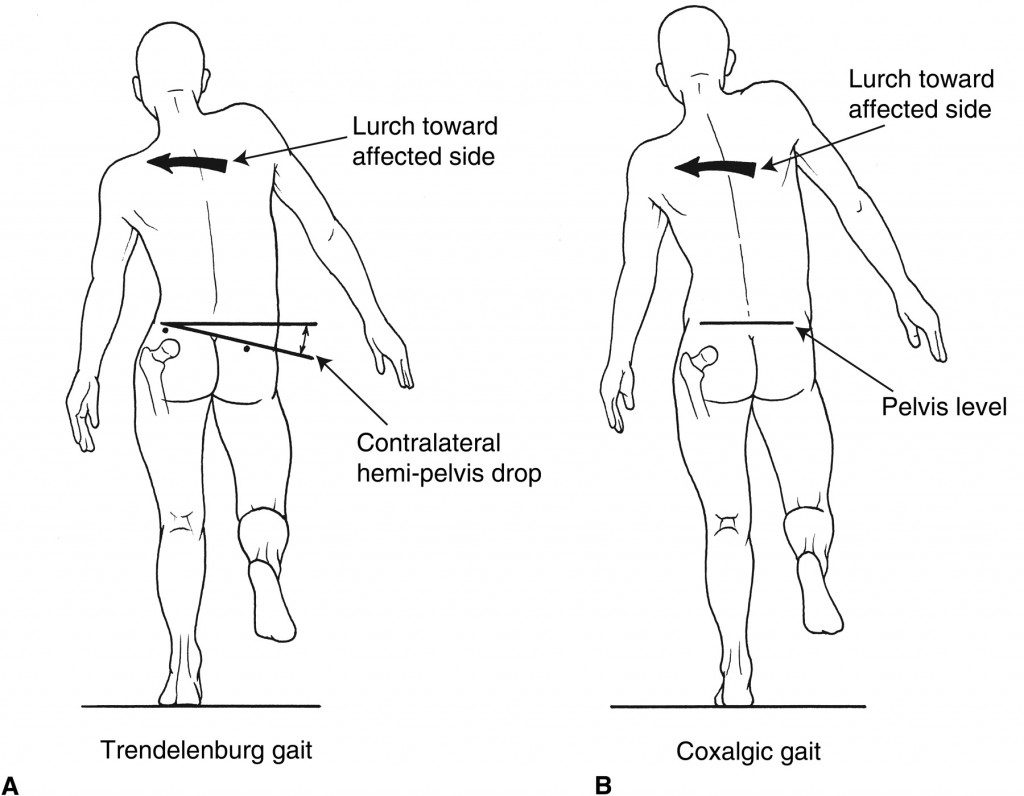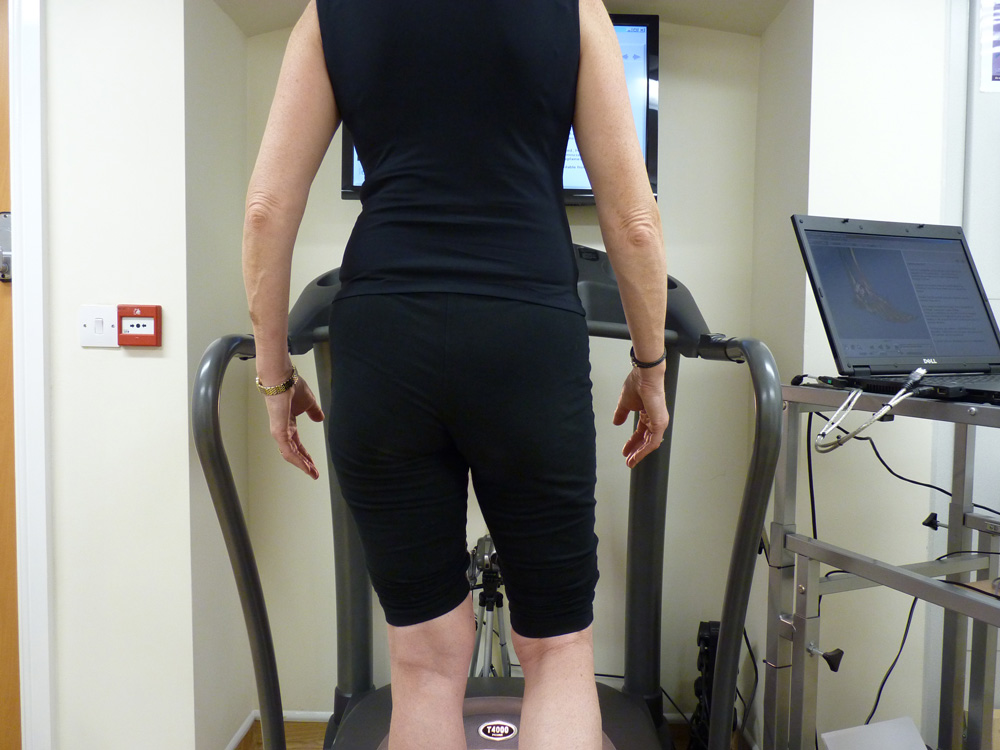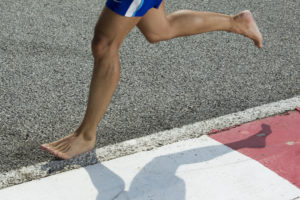 Foot and ankle pain is extremely common and can be debilitating, but, unlike other pains in the lower limb, such as knee and hip pain, it is not taken as seriously by most people (especially foot pain), either because we expect our feet to hurt in certain circumstances or because we are embarrassed about them! However, feet are complicated mechanical structures, with 26 bones, 33 joints and over 100 muscles, tendons and ligaments in each foot, making them much more mechanically complicated than other joints in the lower limb. They are also what are keeping you in contact with the ground and their function is influenced by the rest of the skeleton above them and the floor below them, therefore, the causes and treatments for foot pain are numerous and understanding a little more about how your feet and lower limbs work will hopefully help you to decide whether we can help you.
Foot and ankle pain is extremely common and can be debilitating, but, unlike other pains in the lower limb, such as knee and hip pain, it is not taken as seriously by most people (especially foot pain), either because we expect our feet to hurt in certain circumstances or because we are embarrassed about them! However, feet are complicated mechanical structures, with 26 bones, 33 joints and over 100 muscles, tendons and ligaments in each foot, making them much more mechanically complicated than other joints in the lower limb. They are also what are keeping you in contact with the ground and their function is influenced by the rest of the skeleton above them and the floor below them, therefore, the causes and treatments for foot pain are numerous and understanding a little more about how your feet and lower limbs work will hopefully help you to decide whether we can help you.
The majority of foot and ankle pain is caused by musculoskeletal (MSK) problems associated with walking, standing, working or playing sport. Musculoskeletal problems are pain or dysfunction associated with the functional structures of the feet and ankles such as joints, ligaments, tendons and muscles. The musculoskeletal function of the foot and ankle is also influenced by the function of the rest of the body, such as the spine, hip and knee, the ground that you walk on and the shoes that you wear. Equally, the way that your foot is working can influence and sometimes even cause pain in the knees, hips and spine.
The gait cycle
One way of assessing foot and ankle musculoskeletal (MSK) problems is to assess the gait cycle. Gait is the mechanism by which we use our body to walk or run and gait cycles describe what happens in the MSK system when we do this. Therefore, it is possible to assess your gait against what we know to be a ‘normal’ gait pattern in order to help us understand the causes of your pain. The use of video gait analysis software enables detailed assessment of these movement patterns.
Normal gait cycle (walking)
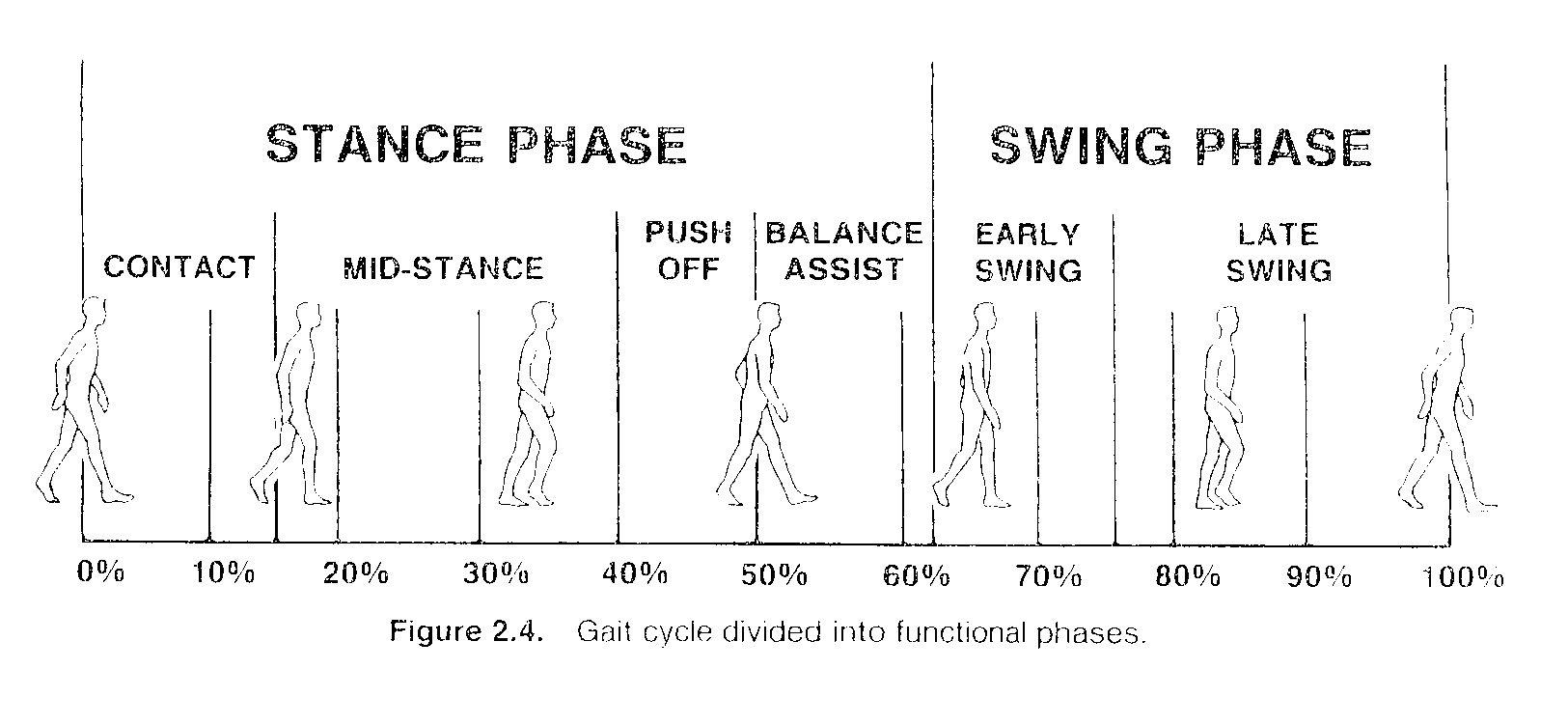
The gait cycle is a series of movements made by the lower limbs when walking. Observation of human gait has led to the development of the diagram above, which shows one step of the right leg.
Stance Phase
This is when the right limb in the diagram is in contact with the ground. It is broken into different sections:
Contact
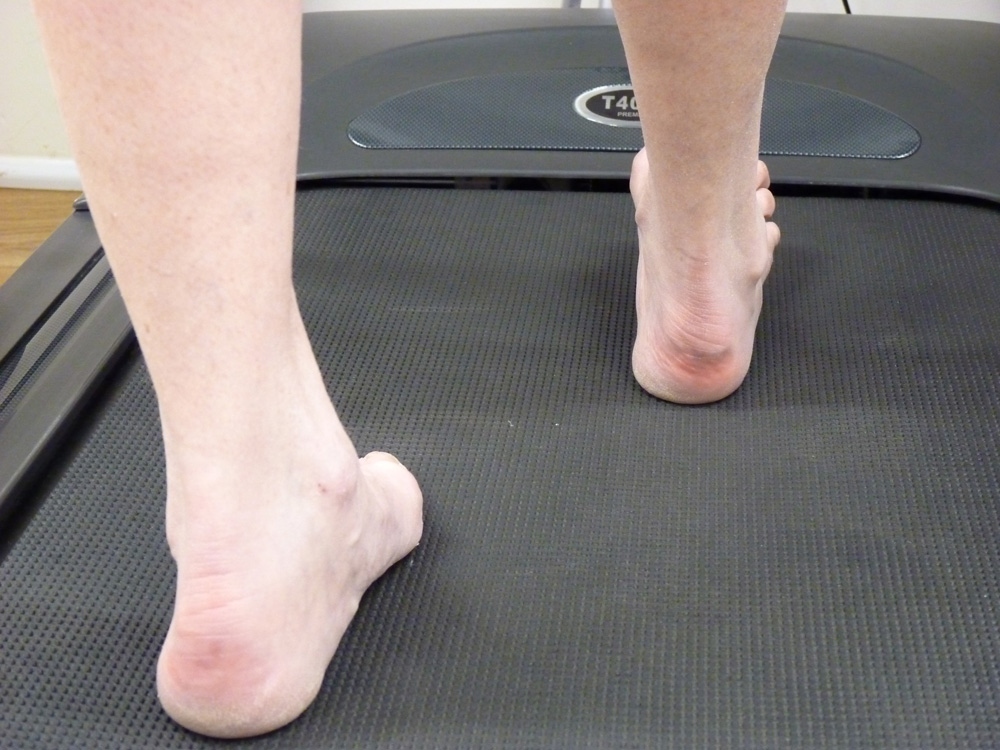
When the heel hits the ground, it is necessary for the body to absorb shock. It does this by bending and internally rotating (twisting inwards) the hip and knee, slowing the movement of the foot to the floor (so it doesn’t slap) and pronating the foot (rolls inwards). Pronation is a very necessary part of the step and is essential for shock-absorbancy.
Mid-Stance
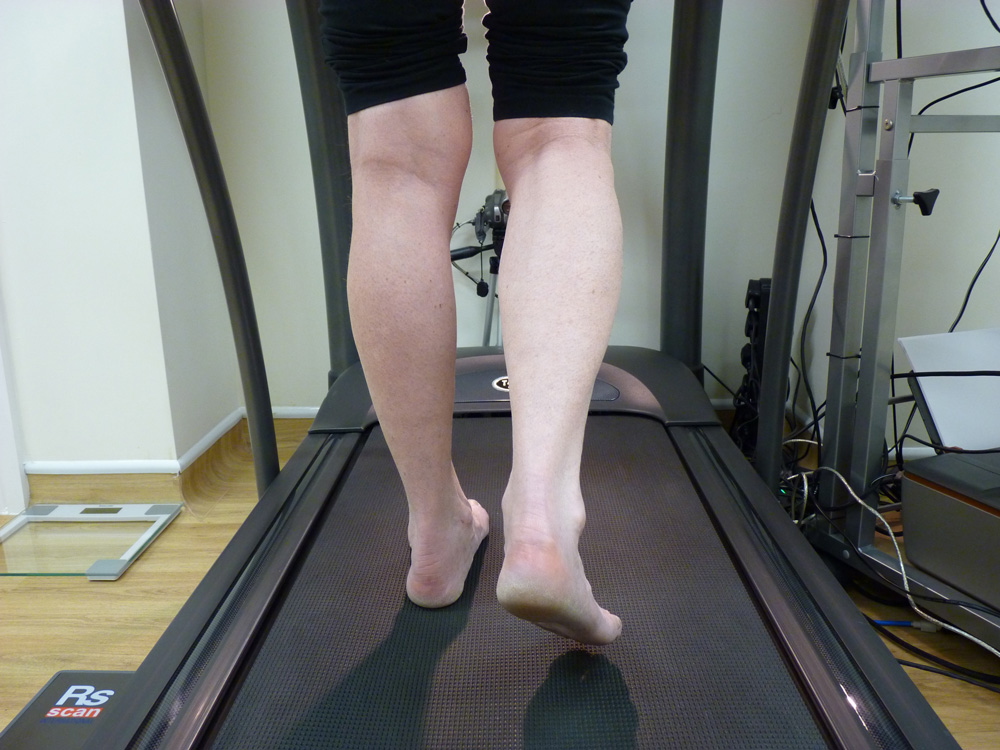
This is when weight is taken onto one limb and the other limb is swinging through to take the next step. As midstance progresses, only one limb is in contact with the ground (as the other is swinging through the air to take the next step). In the initial stages of midstance, the leg and foot continue to internally rotate and pronate, but, as the opposing leg swings through the air and weight is taken onto the limb in contact with the ground, the opposite starts to happen, with the hip and knee beginning to straighten and inwards rotation stops. The ankle joint bends more and the foot should stop pronating, ideally from the middle of stance phase (around 40-60% of stance phase (the time when the foot is in contact with the ground) should involve foot pronation).
Push-Off
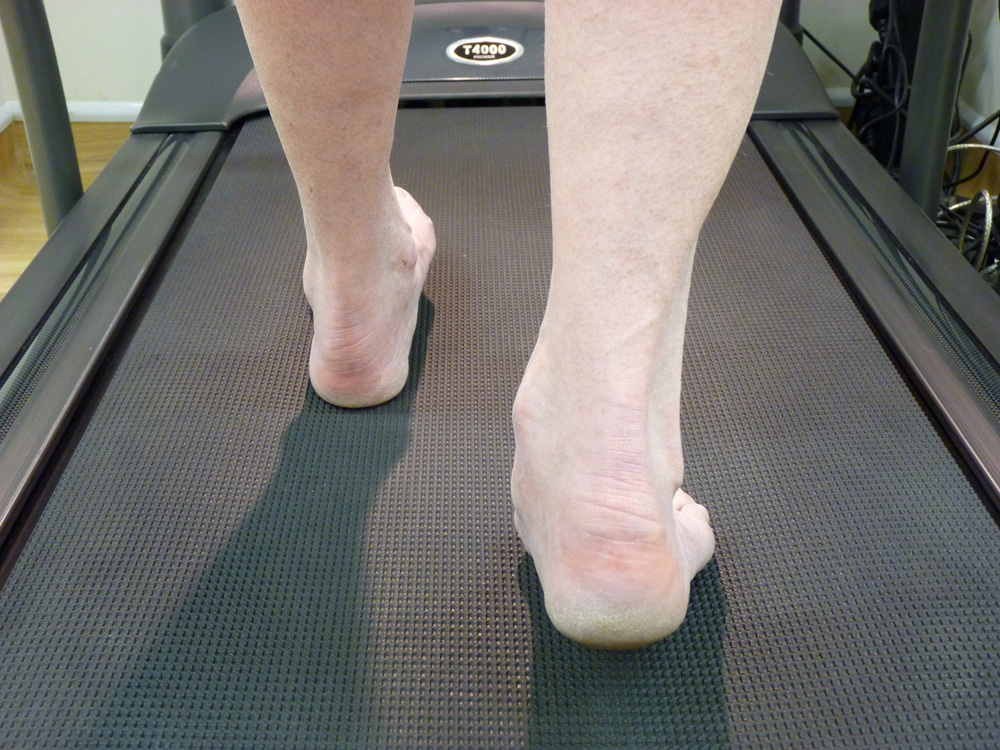 At this point, the leg, instead of absorbing shock, needs to become rigid and springy to push-off onto the next step. The hip and knee are externally rotating and extending, the ankle begins to point downwards again (plantarflexes), after bending to 100 degrees of dorsiflexion at the end of mid-stance. Load is taken onto the forefoot and pressure is directed between the 1st and 2nd toes, allowing the big toe joint to bend. As the heel lifts further off the ground, the foot should continue to roll out (supinate) so that the back of the heel aligns with the back of the leg.
At this point, the leg, instead of absorbing shock, needs to become rigid and springy to push-off onto the next step. The hip and knee are externally rotating and extending, the ankle begins to point downwards again (plantarflexes), after bending to 100 degrees of dorsiflexion at the end of mid-stance. Load is taken onto the forefoot and pressure is directed between the 1st and 2nd toes, allowing the big toe joint to bend. As the heel lifts further off the ground, the foot should continue to roll out (supinate) so that the back of the heel aligns with the back of the leg.
Balance Assist
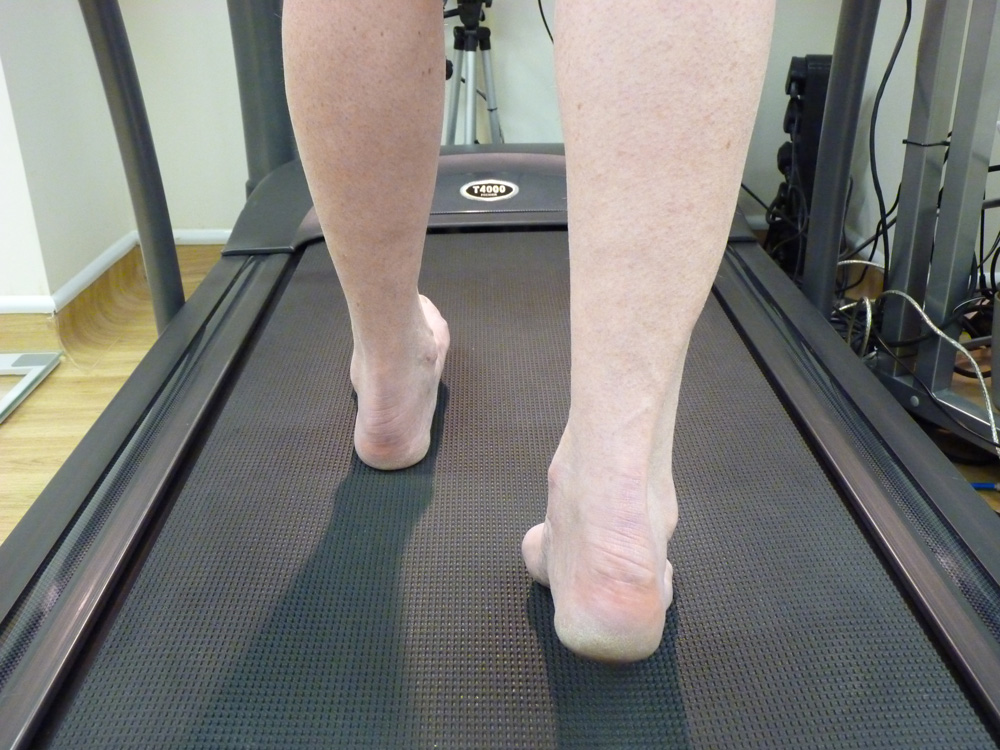
Load is then transferred to the tips of the toes on the foot that is behind (the right one in this picture), as the heel
hits the ground on the foot that is in front (left in this picture) and both legs are momentarily in contact with the ground at the
same time. The 1st and 2nd toes are the last to leave the ground as pressure is
taken on the other foot.
Swing Phase
During swing phase, the (right limb in the diagram) is swinging through to take the next step. Swing phase is broken down into 2 separate phases:
Early Swing
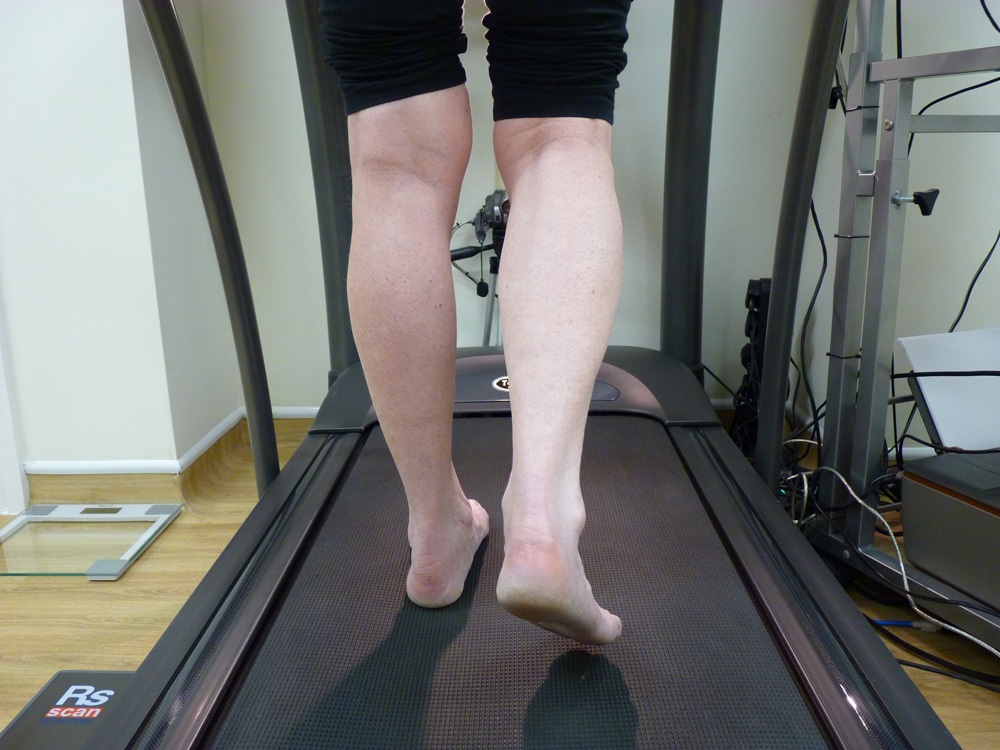
The primary function in early swing is to clear the limb from the ground as it passes the other leg. The hip, knee, ankle and big toe joint all flex to shorten the limb and enable its passage past the weight-bearing leg.
Late Swing
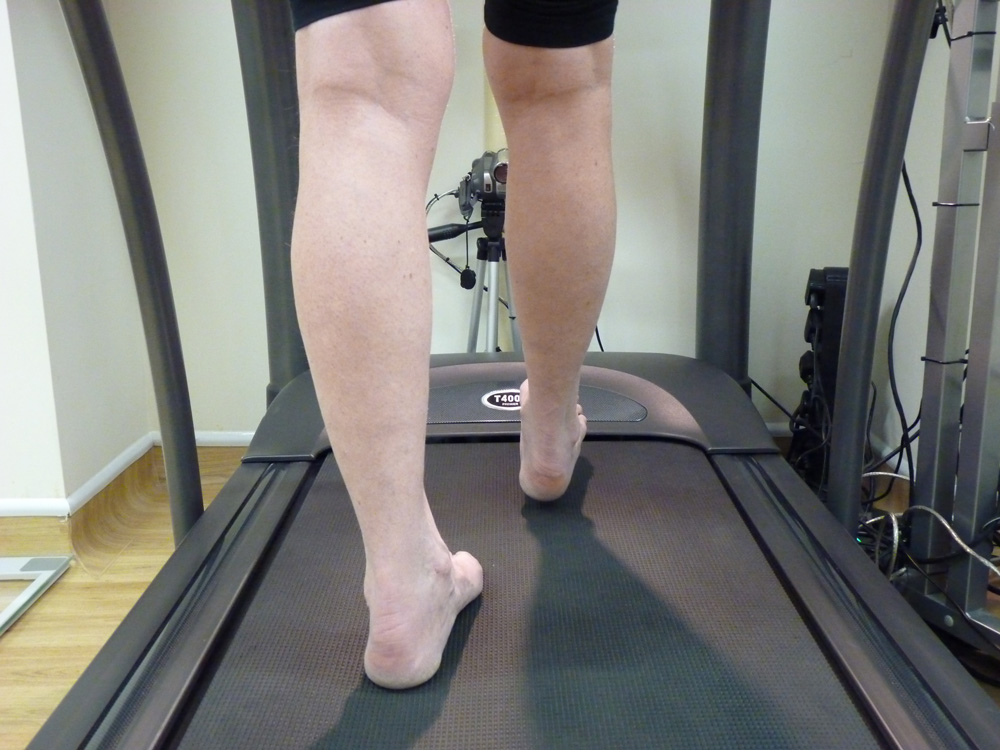
Once past the standing leg and as the center of gravity of the body moves forwards, the hip continues to flex, but the knee begins to straighten again to throw the leg forwards in order to take the next step and return to contact phase.
The lumbar spine and pelvis
As weight is transferred from one leg to the other in gait, the rest of the body is also moving. Movement of one leg can never be seen as truly independent (when walking and standing), as any movement of the lower limb, via the hip, pelvis and lower spine, alters the position of the opposing side of the pelvis and, therefore, hip and lower limb position, as can be seen in the diagrams below.
Therefore, because of this inter-connectivity, in order to treat your left foot pain, we may actually have to address what is happening on your right-hand side as well! This also highlights why it is vitally important for your symptoms to be properly assessed and the need for clinical gait analysis which encompasses a comprehensive history, physical examination and instrumented gait analysis.
Altered Gait Cycle
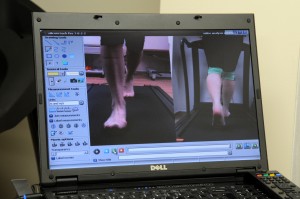 If a musculoskeletal structure involved in the gait cycle is stiff, painful or dysfunctional, it will work differently. This can also happen if the body compensates to avoid using a dysfunctional structure. These changes then put pressure elsewhere in the lower limbs or lower spine and pelvis, causing pain, instability or weakness.
If a musculoskeletal structure involved in the gait cycle is stiff, painful or dysfunctional, it will work differently. This can also happen if the body compensates to avoid using a dysfunctional structure. These changes then put pressure elsewhere in the lower limbs or lower spine and pelvis, causing pain, instability or weakness.
Clinical gait analysis allows thorough assessment of the gait cycle in running, walking and normal movement and enables changes in the gait pattern to be identified and, ideally, changed, leading to a reduction in pain and an increase in mobility.
